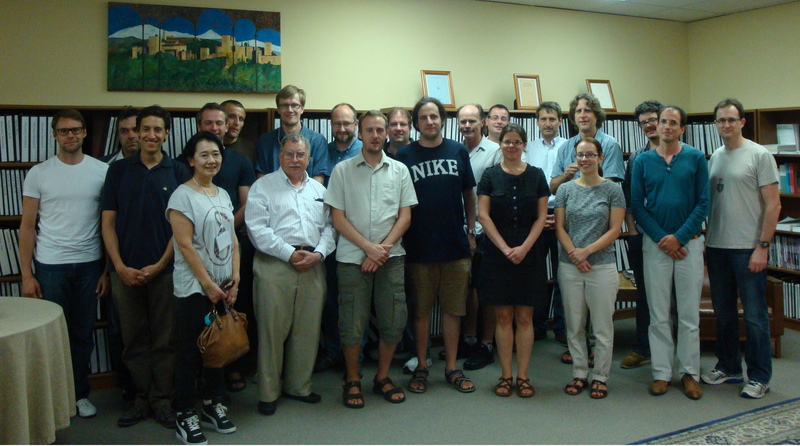
at the
American Institute of Mathematics, San Jose, California
organized by
Jan-Bouwe van den Berg, Rafael de la Llave, and Konstantin Mischaikow
The existence of chaotic dynamics was first demonstrated by Poincare more than a century ago. Its relevance to science and engineering exploded 50 years ago with the advent of the computer and the ability to simulate concrete nonlinear systems. This in turn stimulated the development of the very rich and beautiful theory of dynamical systems. And yet, given a particular nonlinear system of differential equations or a particular nonlinear map any comprehensive understanding of the associated dynamics is typically obtained through numerical methods which are not rigorous and may be misleading in some critical cases of particular interest. Motivated in part by this quandary the past few decades have seen substantial advances in the development of computer assisted proofs in finite dimensional dynamics. The majority of these techniques are based on either the contraction mapping theorem or algebraic topology. The choice of strategy has profound implications on the numerical methods that should be employed.
This workshop will focus on the extension of these rigorous computational tools to infinite dimensional dynamical system (in particular evolutionary partial differential equations). The following general questions will be used to frame the technical challenges facing this project.
The workshop schedule.
A report on the workshop activities.